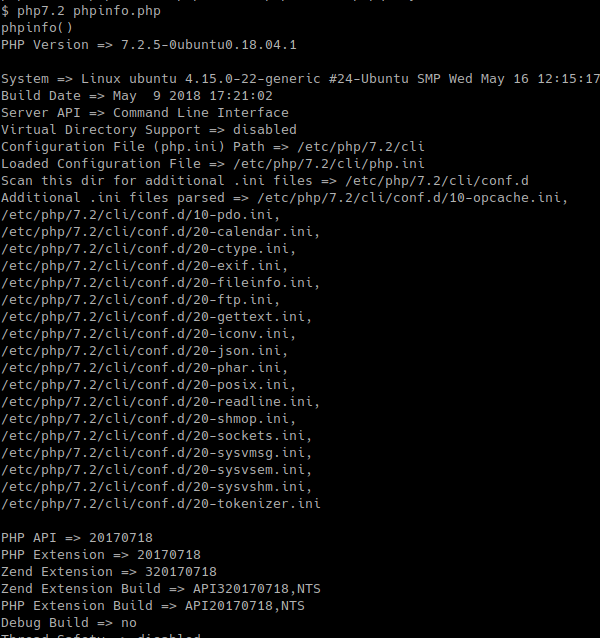easter_days()函数是PHP中的一个内置函数,它返回给定年份中3月21日之后的复活节天数。如果没有给出年份,则将当前年份作为默认值。
null
语法:
easter_days( $year, $method )
参数: 该函数接受两个可选参数,如下所示:
- 美元一年 此参数指定年份。如果未传递任何参数,则将当前年份作为默认值。
- $method- 此参数允许您根据其他日历计算复活节日期。如果 $method 设置为CAL_EASTER_ROMAN,在1582-1752年间使用公历。
返回值: 该函数返回3月21日之后的天数,即复活节在给定年份中的天数。当没有 美元一年 作为参数通过。当前年份作为默认年份,并返回当前年份3月21日之后的天数。
例如:
Input : $year = 2018 Output : 11 Input : $year = 2017 Output : 26 Input: $year = 2015 $method = CAL_EASTER_ROMAN Output : 15
下面的程序演示了复活节()函数的用法:
项目1: 下面的程序解释了easter_days()函数在未传递任何参数时的工作原理。
<?php // PHP program to demonstrate the // easter_days() function // when no parameter is passed echo easter_days(), "" ; // verified by passing current year $year = 2018; echo easter_days( $year ); ?> |
输出:
11 11
项目2: 下面的程序解释了easter_days()函数在以下情况下的工作: 美元一年 参数被传递
<?php // PHP program to demonstrate the // easter_days() function // when $year parameter is passed $year = 2015; // no of days for Easter after march 21 of year 2015 echo easter_days( $year ), "" ; // the Easter date of year 2015 echo date ( "M-d-Y" , easter_date( $year )); ?> |
输出:
15 Apr-05-2015
方案3: 下面的程序解释了在传递这两个参数时easter_days()函数的工作原理。
<?php // PHP program to demonstrate the // easter_days() function // when both parameters are passed $year = 2014; // no of days for Easter after march 21 of year 2014 // of Gregorian Calendar echo easter_days( $year , CAL_EASTER_ROMAN), "" ; ?> |
输出:
30
参考: http://php.net/manual/en/function.easter-days.php
© 版权声明
文章版权归作者所有,未经允许请勿转载。
THE END


![关于”PostgreSQL错误:关系[表]不存在“问题的原因和解决方案-yiteyi-C++库](https://www.yiteyi.com/wp-content/themes/zibll/img/thumbnail.svg)






